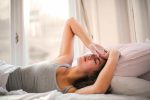Blue-Light Hygiene at Night: Simple Fixes for Better Sleep
If you’ve ever found yourself wide awake after scrolling through your phone in bed, you’re not alone. The glow from screens — whether it’s your phone, laptop, or TV — might seem harmless, but it’s quietly sabotaging your sleep.
Blue light, in particular, plays a big role in disrupting your body’s natural sleep rhythm. The good news? You don’t have to throw away your devices to sleep better. With a few simple adjustments, you can protect your brain’s natural rest cycle and wake up feeling more refreshed.
Let’s explore what science says about blue light, why it affects sleep, and the easy steps you can take tonight for better rest.
What Is Blue Light and Why Does It Matter?
Blue light is a high-energy visible (HEV) light emitted by screens, LED bulbs, and even the sun. During the day, blue light helps you stay alert, boosts your mood, and supports focus. It’s a natural signal to your brain that it’s time to be awake.
The problem starts at night. When you continue to expose yourself to blue light after sunset, your brain gets mixed signals — it thinks it’s still daytime. This delays the release of melatonin, the hormone responsible for helping you fall asleep.
A 2019 study published in Scientific Reports found that even two hours of screen exposure before bed significantly suppressed melatonin production and delayed sleep onset【Scientific Reports, 2019】.
In short: blue light at night tricks your brain into staying awake when it should be winding down.
The Science Behind Sleep Disruption
Your body runs on a natural 24-hour clock called the circadian rhythm. This rhythm regulates when you feel sleepy and when you feel alert. Blue light interferes with this rhythm by stimulating melanopsin, a light-sensitive protein in the retina that signals the brain’s internal clock.
A 2020 study from The Journal of Biological Rhythms showed that nighttime exposure to blue light shifts the circadian rhythm by up to three hours, making it harder to fall asleep and wake up on time【Journal of Biological Rhythms, 2020】.
This disruption can lead to:
- Trouble falling asleep
- Poor sleep quality
- Daytime fatigue
- Difficulty concentrating
- Increased irritability
Over time, chronic sleep disruption is linked to anxiety, depression, and even metabolic issues such as obesity and diabetes.
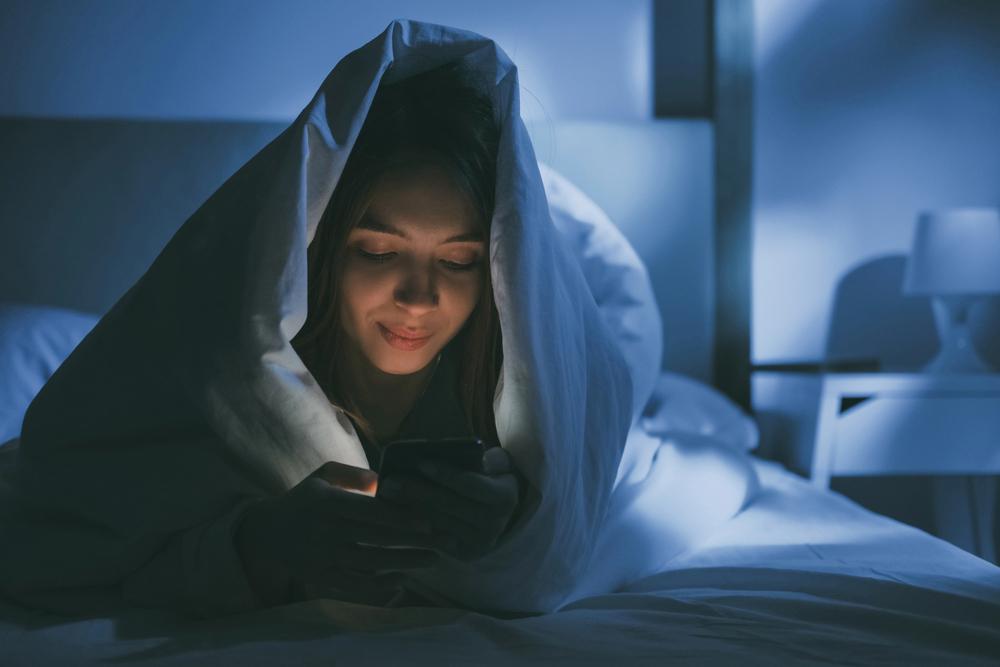
Why We’re Sleeping Worse Than Ever
The average adult spends more than 7 hours a day on screens, according to Statista (2023). For many people, this screen time stretches well into the night — binge-watching, online shopping, or checking emails.
At the same time, more than 35% of adults in the U.S. report getting less than the recommended 7 hours of sleep per night【CDC, 2022】. The overlap is no coincidence.
Sleep experts call this the “digital sleep deficit” — the compounding effect of blue light exposure, constant notifications, and mental stimulation from screens right before bed.
Simple Fixes for Better Blue-Light Hygiene
The goal isn’t to eliminate screens entirely — that’s unrealistic in modern life. Instead, focus on building healthier blue-light hygiene habits that align with your natural sleep cycle.
Here are practical steps to get started:
1. Set a Digital Sunset
Try to avoid screens at least one hour before bed. This gives your brain time to produce melatonin naturally.
If that’s not possible, reduce blue light exposure by switching your devices to night mode or using apps like:
- f.lux (for computers)
- Night Shift (iOS)
- Blue Light Filter (Android)
These tools adjust the color temperature of your screen to warmer tones, reducing blue light emissions by up to 70%.
2. Use Blue-Light Blocking Glasses
Blue-light glasses filter out the most disruptive wavelengths from screens and artificial lighting.
A 2021 meta-analysis in Chronobiology International found that wearing blue-light blocking glasses for two hours before bedtime improved sleep quality and shortened the time it took to fall asleep【Chronobiology International, 2021】.
If you work late or enjoy evening screen time, investing in a pair could make a real difference.
3. Dim the Lights After Sunset
Overhead LED lighting can also emit blue light, even if it doesn’t come from a screen.
Switch to warm, low-intensity bulbs in the evening, especially in bedrooms and living spaces. Smart bulbs that shift color temperature automatically throughout the day — such as Philips Hue or Lifx — can mimic natural daylight patterns and support better circadian rhythm alignment.
4. Limit Caffeine and Screen Pairing
Many people pair evening screen time with caffeine or late-night snacks, which double down on stimulating the nervous system.
Caffeine blocks adenosine receptors, preventing the brain from feeling tired. Combine that with blue light exposure, and your brain gets hit with two “stay awake” signals.
A 2020 study in Sleep Medicine showed that consuming caffeine within 6 hours of bedtime reduced total sleep time by an average of 41 minutes【Sleep Medicine, 2020】.
Try switching to herbal teas like chamomile or rooibos instead — both are naturally caffeine-free and can promote relaxation.
5. Create a Wind-Down Routine
Your brain thrives on predictability. A relaxing nighttime ritual signals your body that it’s time to rest.
Instead of scrolling before bed, try these alternatives:
- Read a physical book or use an e-reader without backlight.
- Do 5–10 minutes of deep breathing or meditation.
- Stretch or journal under soft lighting.
A 2018 study in Behavioral Sleep Medicine found that participants who engaged in relaxing pre-sleep routines fell asleep 37% faster and reported higher sleep satisfaction【Behavioral Sleep Medicine, 2018】.
6. Get Natural Light During the Day
Ironically, your ability to sleep well at night depends on getting enough light exposure in the morning.
Sunlight during the day helps set your circadian rhythm, ensuring your body knows when it’s time to be awake — and when to wind down later.
A 2017 study in Sleep Health found that office workers who received more morning sunlight had 46 minutes longer sleep and better sleep quality than those in windowless environments【Sleep Health, 2017】.
Try spending at least 20–30 minutes outdoors in natural light every morning to reinforce your internal clock.
What About Night Shift Workers?
If you work at night, maintaining blue-light hygiene can be trickier — but not impossible.
- Use blue-light blocking glasses during your shift.
- Keep lights dim during your commute home.
- Sleep in a dark, cool room using blackout curtains or an eye mask.
- Maintain a consistent sleep schedule, even on days off.
Your goal is to keep your circadian rhythm stable — even if it doesn’t align with daylight.
The Long-Term Payoff
Better blue-light hygiene doesn’t just help you fall asleep faster. Over time, it improves mood, focus, and emotional regulation — all of which are deeply tied to sleep quality.
A 2021 review in Frontiers in Neuroscience concluded that improving evening light exposure patterns enhances overall mental well-being, attention span, and resilience to stress【Frontiers in Neuroscience, 2021】.
When your brain gets consistent signals about when to rest and when to wake, everything from memory to emotional stability improves.
Final Thoughts
Blue light isn’t bad — it’s about timing. During the day, it keeps you alert and focused. But at night, it can quietly derail your sleep if left unchecked.
You don’t need to give up technology to protect your sleep — just use it mindfully. By dimming screens, embracing warm light, and building a calm nighttime routine, you can enjoy both your digital world and your dreams.
Sleep isn’t a luxury — it’s a foundation. And with a few small changes to your light habits, you can reclaim it, one restful night at a time.
References
- Scientific Reports (2019). “Evening Screen Use and Melatonin Suppression.”
- Journal of Biological Rhythms (2020). “Blue Light Exposure and Circadian Phase Shifts.”
- CDC (2022). “Short Sleep Duration Among U.S. Adults.”
- Chronobiology International (2021). “Effects of Blue-Light Blocking Glasses on Sleep.”
- Sleep Medicine (2020). “Caffeine Intake and Sleep Duration.”
- Behavioural Sleep Medicine (2018). “Pre-Sleep Routines and Sleep Quality.”
- Sleep Health (2017). “Impact of Natural Light on Office Workers’ Sleep.”
- Frontiers in Neuroscience (2021). “Light Exposure and Mental Well-being.”
![[AD] We went to the newly opened Cha Sha Kingston a couple of weeks ago, and wow — taste bud adventure unlocked! The boys devoured the masala fries and chicken tikka rolls, while we couldn’t get enough of that epic kebab butter curry 😍🍛.
It’s amazing value for food this tasty (and everyone left happy and VERY full!).
Delicious food, vibrant vibes and incredible value — the perfect combo for your next meal.
📍Cha Sha Kingston
43 Surbiton Road, KT1 2HG
🌐 chasha.co.uk
Other Cha Sha locations in Birmingham, Ilford, Southampton and Wembkey
#ChaSha #ChaShaKingston #KingstonEats #FoodieFinds #UKFoodie #FoodReview #KingstonUponThames #FamilyEats #FamilyDining #FoodieKids](https://suburban-mum.com/wp-content/uploads/2016/02/574770541_18560351146016840_6855048070839528040_n-180x320.jpg)
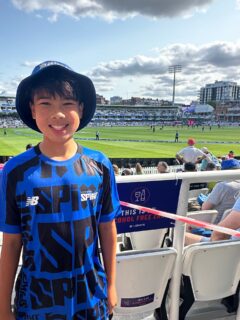
![[AD] We’re a cricket-mad family, so we’re buzzing that @thehundred is back this August! 🏏🔥
To get ready, M tried out the official FREE Activity Pack — and it’s brilliant! 🙌
Packed with fun games, creative challenges and sporty tasks, it’s perfect for getting kids hyped whether you’re at home or on the go.
👉Download yours now (link in bio)
@londonspirit @ovalinvincibles #EveryMomentCounts #TheHundred
#EnglandCricket #CricketFamily #TheHundredCricket #LondonBloggers #Cricket #CricketIsLife #kidsfun](https://suburban-mum.com/wp-content/uploads/2022/11/505472555_18531279601016840_7092520074819907569_n-180x320.jpg)



![[AD - Press visit]
We enjoyed the glorious sunshine this weekend with a trip to Brighton. We went on the @brightoni360official which is right by the sea front.
The i360 pod take a slow journey up, allowing you to take in views across Brighton and the South Downs 450ft above ground. There’s a bar inside with drinks and snacks available to purchase and the experience lasts 25 minutes.
Afterwards, we headed to the open air roller rink for a roller skating session!
The roller rink is:
⭐ Suitable for over 5s
⭐ £6.50 if you have your own skates or £9.50 if you need to hire them
⭐ 45 minutes per session
Full details to visit the i360 + skating
📍 Brighton i360, Lower Kings Road, Brighton BN1 2LN
🚗 Parking nearby (we parked in the Regency Square Car park)
🎟️ Prices start from £25.40 for an adult and £16.90 for a child
🕐 Opening hours are currently Sun-Fri 10.30am-18.30pm and until 19.30pm on Saturdays
☕️ Bar inside the i360, cafe and gift shop
Book tickets here:
https://tickets.brightoni360.co.uk/tickets/?_ga=2.195305772.1869001490.1689671753-1757164059.1689671753/#events?eventid=157](https://suburban-mum.com/wp-content/uploads/2015/04/417980235_313576471048632_3682382982231216432_n.jpg)

![[AD] ***Summer of fun at Barracudas Activity Camps!****
There is plenty for kids to do at @barracudas_activity_day_camps
From Tennis, Archery, Swimming, Motor Sports and more you can be sure that there will be something for kids aged 4.5-14. ⚽🏈🥅🎾🏓🏎️🏹🏊♂️🏉
You can book on a day by day basis - so it can fit in with any other days out/activities you have planned and there are early drop off and late pickup options available. Barracudas are also Ofsted registered so you can use your Childcare Vouchers too.
⭐⭐⭐Get £20 off a week or £4 off a day using my discount code: MARIA20⭐⭐⭐
#BarracudasActivityDayCamp #BarracudasActivityCamp #BarracudaAmbassadors #SummerHolidays #SchoolHolidays #Summer2023 #SummerCamp #DayCare #Camp #KidsCamp #surreymummy #surreymums #SummerOfFun #ActivityCamps #HolidayCamps #Childcare #SchoolHolidays #schoolholidaycamps](https://suburban-mum.com/wp-content/uploads/2024/07/353583570_625625966167953_545896259645102575_n.jpg)
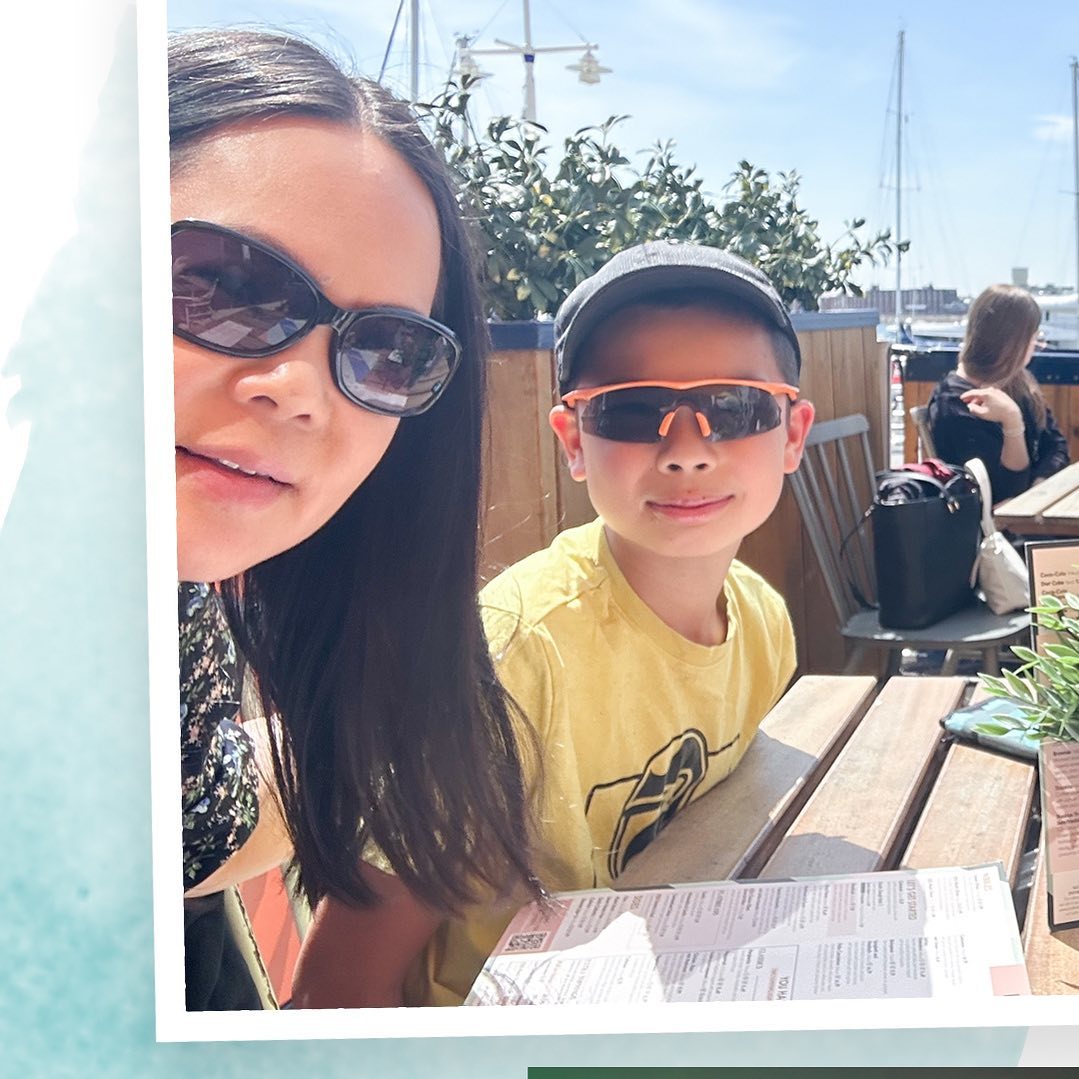

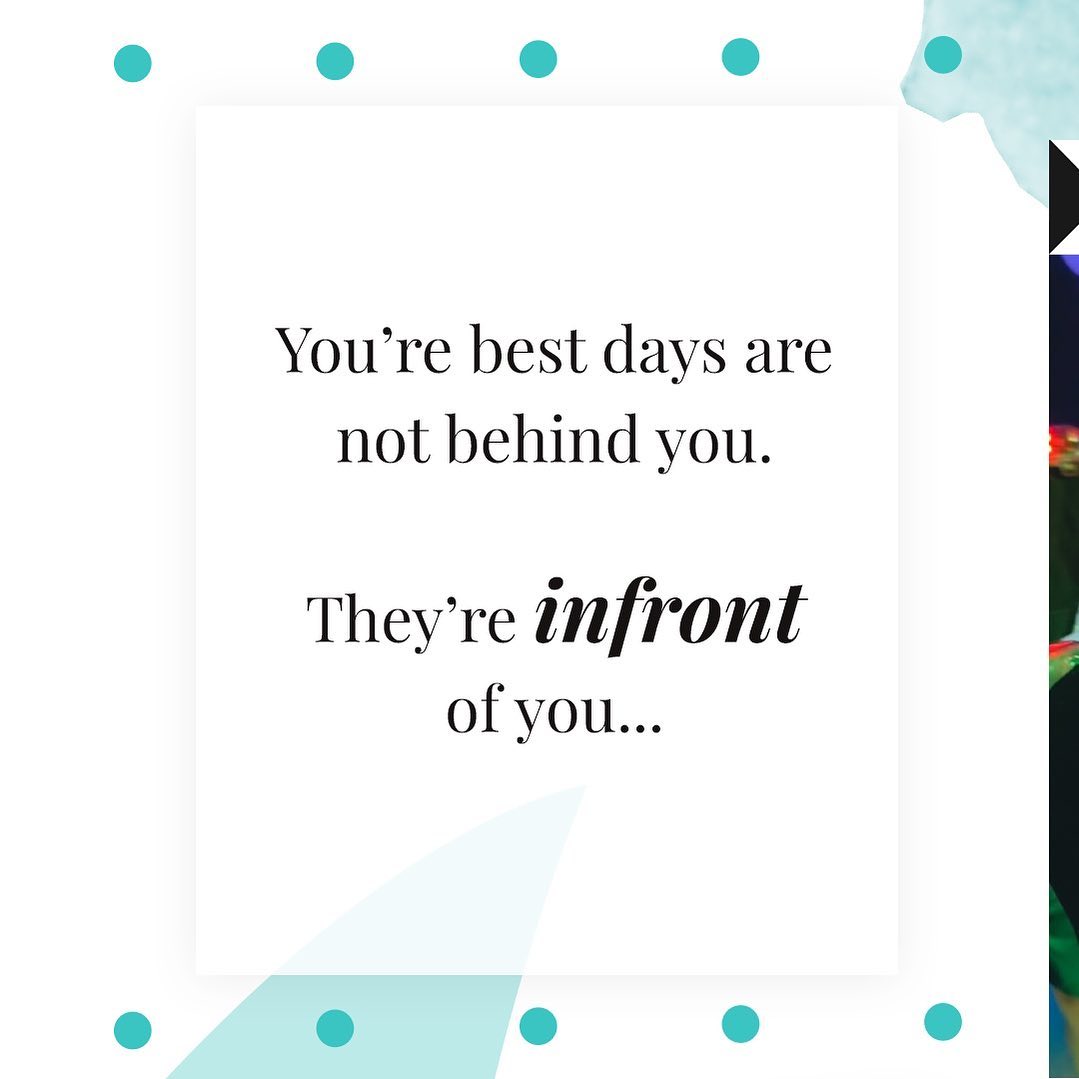
![[AD] We have some super exciting news...we have been chosen to be Laser Quest Ambassadors, and the boys are over the moon!
We are really lucky that our local Laser Quest (@laserquestkingston) is just around the corner from us. It means we can pop in of a weekend or anytime during the school holidays, and with summer just around the corner, I know Laser Quest will be one of our go-to places for some family fun.
As well as games of Laser Quest, there are also VR experiences and arcade amusements too. To find out a bit more about how Laser Quest works, you can read my blog post: https://www.suburban-mum.com/laser-quest-kingston/ (clickable link in bio)
Don't forget to keep an eye out for our Laser Quest posts - I'm going to be giving away two family passes to use at Laserquest Kingston!
If you can't wait and want to head down to Laser Quest to try it out, use the code SUMMER30 for 30% off your booking. The code is valid from now until the end of August 2023 and can be used on Laser Quest games and birthday party bookings.
#LaserquestAmbassador #Laserquest #LaserquestKingston #ActivitiesForKids #FamilyFun #DaysOutWithKids #Lasertag #LaserquestVR #Kingston #ThingsToDoInKingston #SurreyFamilyDaysOut #ThingsToDoWithKids #RainyDayFun #SurreyMummy #SurreyLife #LifeWithKids #LifeWithBoys #familyfunday](https://suburban-mum.com/wp-content/uploads/2015/04/353230107_797358078406942_2405522556733455165_n.jpg)
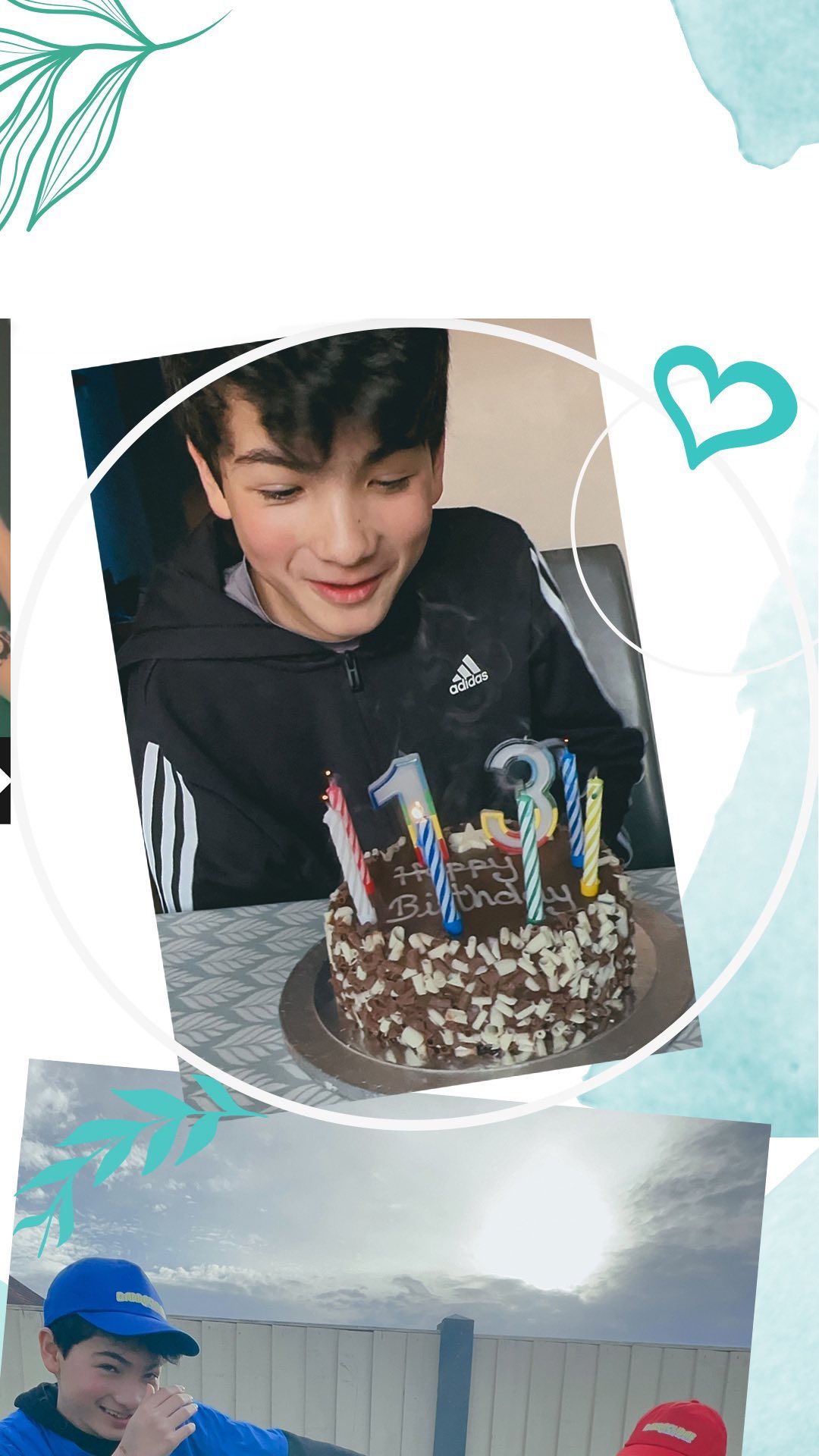
![[AD] The sun has finally made an appearance and the boys have been making the most of it by spending it
in the garden.
They’re go-to is always football and they’ve been trying to improve their aim and accuracy with the new Messi Foldable Footlball goal from the #MessiTrainingSystem range.
I love the fact the goal is foldable, making it easy to store away when not in use. It is also lightweight so you can effortlessly pack it up and take it to the park or to a friend’s house.
The Messi Foldable Football Goal retails at £36 and can be purchased from @argos
You can read my full review here: https://www.suburban-mum.com/messi-foldable-football-goal/
#TrainLikeMessi #FoldableFootballGoal #FootballSkills #OutdoorFun #LionelMessi #LeoMessi #FootballAtHome #OutdoorKids #JustGetOutside #OutdoorsAndFree #ScreenFreeKids #WhateverTheWeatherKids @flair_gp](https://suburban-mum.com/wp-content/uploads/2015/04/341194882_615024710178056_41977149395989448_n.jpg)

![[AD] We are absolutely thrilled to announce that we are Barracuda Ambassadors again this year.
With Easter just around the corner, the boys were sent the @barracudas_activity_day_camps new camp kit in preparation for the school holidays.
There’s a wide range of activities for kids aged 4.5 - 14 including Tennis, Archery, Basketball, Arts & Crafts and more.
If you like the sound of Barracudas, find out more over on their website. You can also save £20 a week or £4 a day, using my discount code: MARIA20](https://suburban-mum.com/wp-content/uploads/2024/07/336812306_765234558514317_685553691647241974_n.jpg)
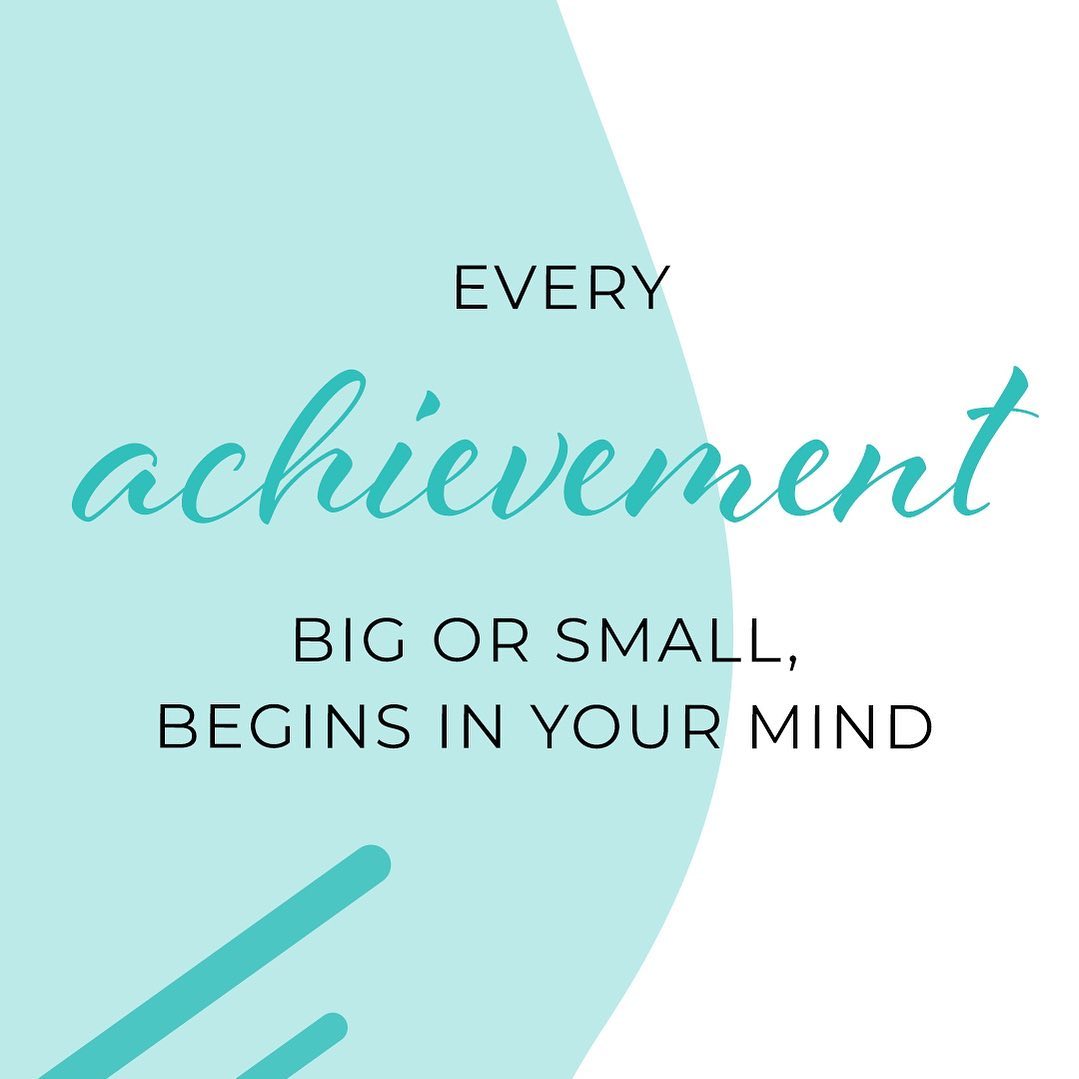
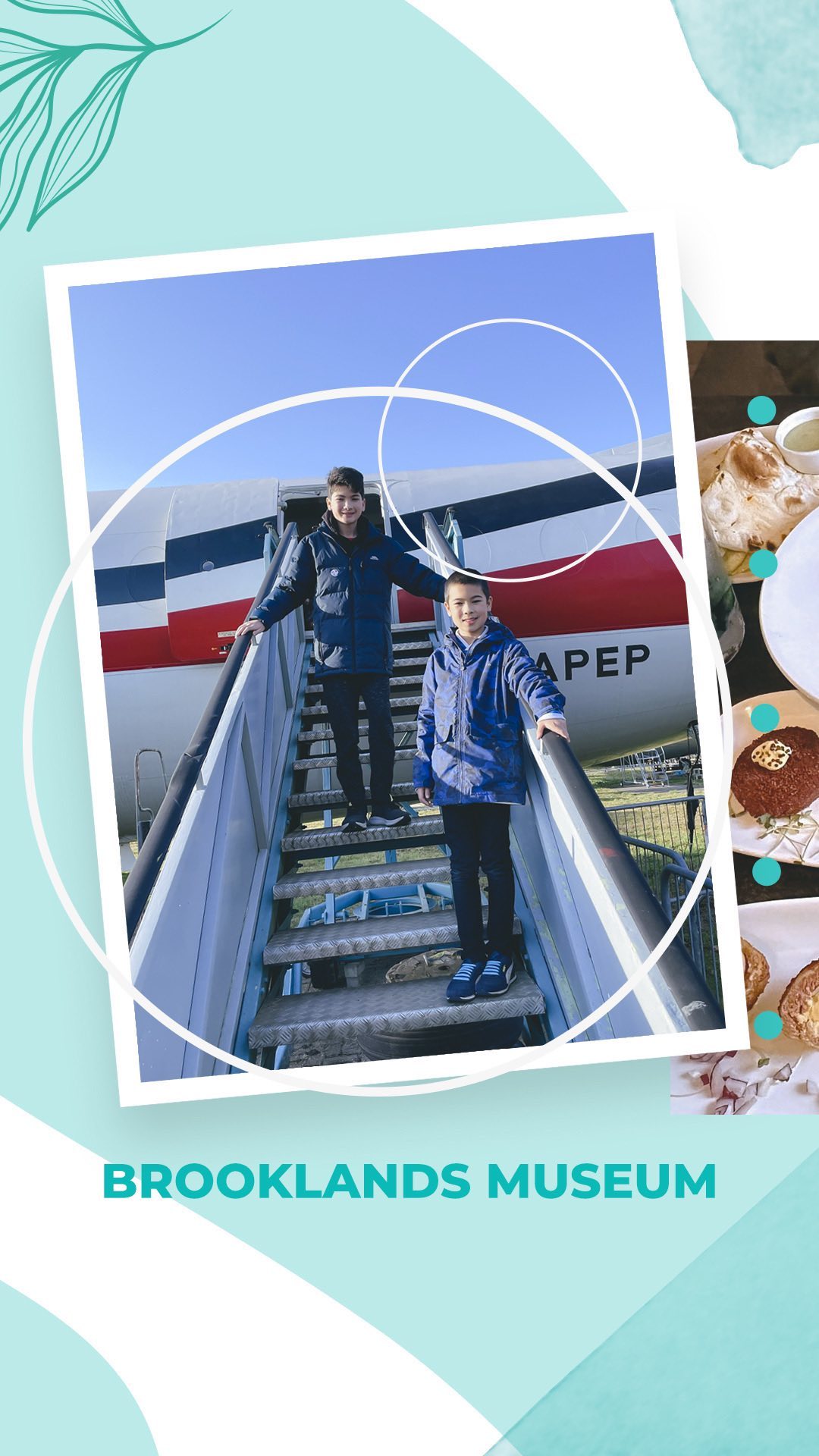
![[AD - Gifted]
Last weekend we were invited to try out @tsarettaspice’s new Bottomless Brunch menu and I can tell you it was thumbs up all round!
There’s a good choice tapas on offer from Punjabi fish fingers, Indo Chinese Chicken to Spiced Lamb Scotch Eggs and Manchurian Cauliflower (which was amazing!)
If you’re local to Twickenham and fancy giving them a try here’s are the details.
Tsaretta Spice Bottomless Brunch
⭐️£37.50 per head for bottomless Prosecco or cocktail of the day
⭐️£55 per head for bottomless Champagne
⭐️ Food included: 4 tapas selections and dessert or 2 tapas selections, a pav or naanwich and dessert
⭐️ Non-alcohol brunch is also available
Tsaretta Spice
55 Church Street
Twickenham
TW1 3NR
You can also read our full review over on the blog (link in bio)](https://suburban-mum.com/wp-content/uploads/2024/07/334565436_5960402314015030_663031098700829518_n.jpg)


